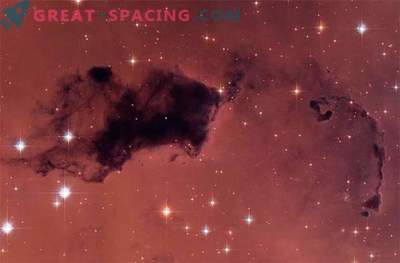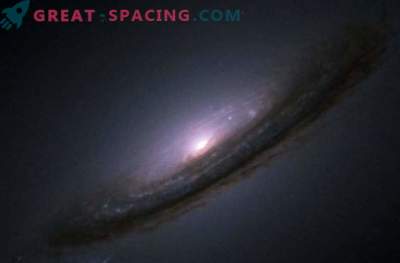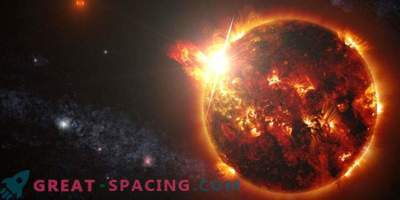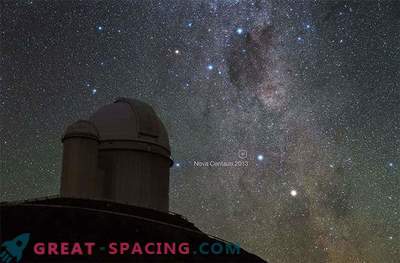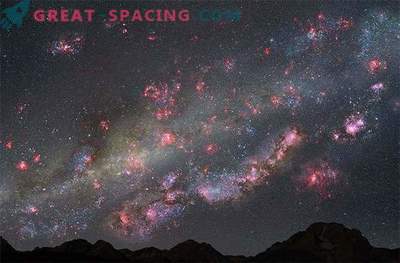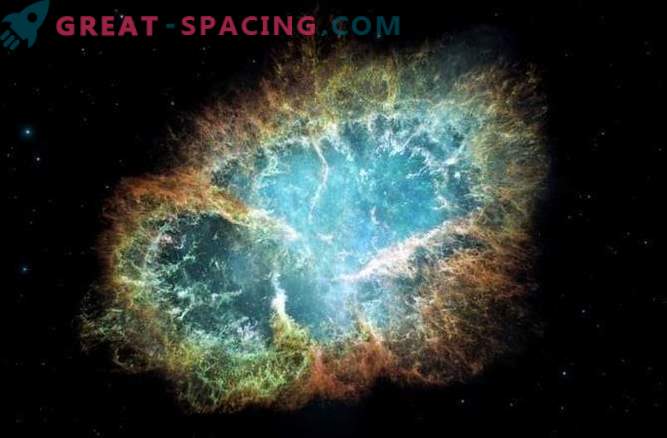
What happens when stars die? You do not even realize how startling their death can be. Astrophysicists use scientific terms to describe this process: Quasar, Parsec, Blue Shift, Event Horizon, and Supernova.
Supernovae arise when stars of sufficient size deplete their hydrogen fuel and explode. In fact, a supernova explosion is the most powerful process in the known universe after the Big Bang.
Fortunately for space, not all stars end their evolutionary journey as supernovae. Our own Sun, for example, will produce a much more modest flash and go out in about five billion years. In place of it, only a white dwarf will remain. Supernovae are quite rare, at least in our celestial neighborhood. Of the billions of stars in the Milky Way, two or three supernovae are born every year. So what determines whether a star will become a supernova? The decisive factor is the Chandrasekhar limit, named after the Indian physicist Subramanian Chandrasekhar. The term refers to a certain limit of stellar mass, approximately 1.44 times the size of our Sun, which serves as a sort of dividing line. Stars below this threshold die more easily. Stars above the threshold, fail under their own force of gravity and launch a monstrous chain reaction.
As a result of this explosion, such elements as helium, carbon, oxygen, as well as heavy elements of the periodic table are formed. This explosion also spreads these elements throughout the universe, which makes life possible.




